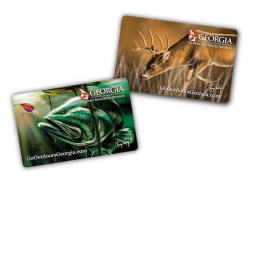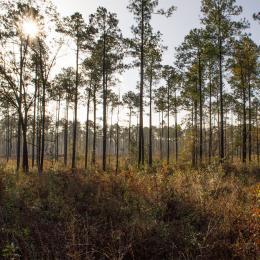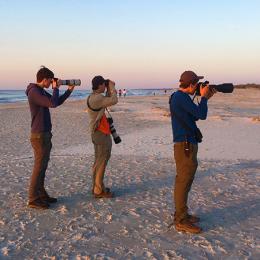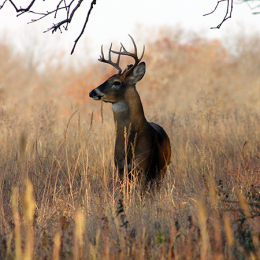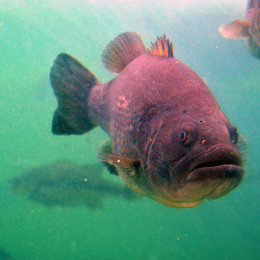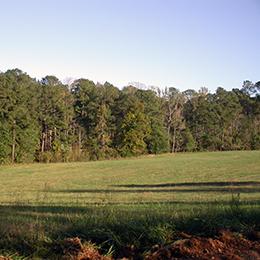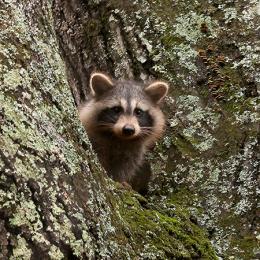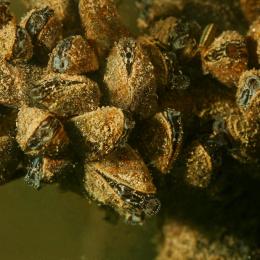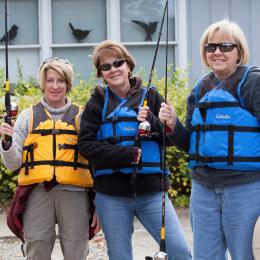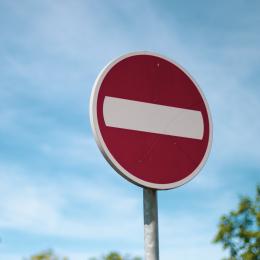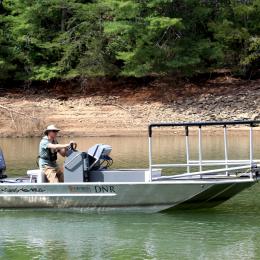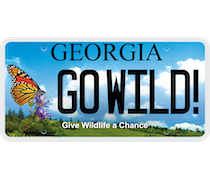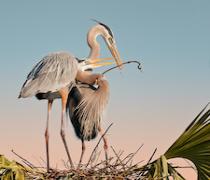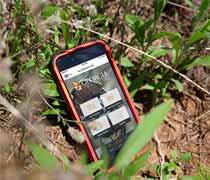If you value Georgia’s wildlife and wild places, the Georgia Department of Natural Resources wants to know what you think about a newly updated strategy aimed at making sure our state stays wild.
From Feb. 19-March 21, a draft of Georgia’s revised State Wildlife Action Plan can be reviewed at https://georgiawildlife.com/WildGeorgiaSWAP. Created 20 years ago and updated each decade since, the plan guides work statewide to keep native animal and plant species from becoming more rare and costly to conserve. That lineup varies from gopher tortoises and bald eagles to tangerine darters and Chapman’s fringed orchids.
The revised plan will prove critical to restoring, managing and protecting Georgia’s wildlife, said Dr. Brett Albanese, plan coordinator and an assistant chief with DNR’s Wildlife Conservation Section. Changes include identifying more than 1,000 “species of greatest conservation need” and their habitats, laying out what can be done to conserve these creatures and plants, and providing an online map to help streamline wildlife work on public land and encourage voluntary efforts on private lands.
Over 100 organizations took part in creating the draft. But more feedback is needed, Albanese said.
“This is Georgia’s plan, not DNR’s. Experts and other partners helped develop a robust plan to address the threats to wildlife across the state. Now we need the full conservation community – and especially everyday citizens who enjoy and appreciate the outdoors – to help us refine and implement it.”
Albanese said that https://georgiawildlife.com/WildGeorgiaSWAP features a link to a digital version of the plan, a short presentation orienting viewers and a survey for providing comments. After the March 21 deadline, DNR will use the comments to make final revisions. The plan will be sent to the U.S. Fish and Wildlife Service in June for approval.
States update their wildlife action plans every 10 years to remain eligible for federal State Wildlife Grants. Even more important, the plans are crucial to what State Wildlife Grants funding is focused on: powering targeted, voluntary conservation to prevent wildlife from becoming endangered.
Georgia’s Wildlife Action Plan has been key to conservation since 2005. Projects such as the creation of Ceylon Wildlife Management Area near St. Marys and the expansion of Paulding Forest WMA in northwest Georgia were funded in part because they provided essential habitat for wildlife considered conservation priorities. Partnerships in which stakeholders pooled resources and collaborated on plan-centered goals helped keep the gopher tortoise and sicklefin redhorse off the U.S. endangered species list. Education and outreach events have spread the word about species and habitats in the action plan, informing generations of Georgians about the state’s wildlife and the importance of conserving it.
For more on work done through the State Wildlife Action Plan, explore the story maps at https://georgiawildlife.com/WildGeorgiaSWAP and the Wildlife Conservation Section’s annual report at https://georgiawildlife.com/conservation/annualreport. The Wildlife Conservation Section is charged with conserving the more than 95 percent of native species in Georgia that are not fished for or hunted, plus rare plants and natural habitats.
WILDLIFE PLAN COMMENTS
- Feb. 19-March 21: Public comment period for the draft 2025 Georgia State Wildlife Action Plan.
- Submit comments at https://georgiawildlife.com/WildGeorgiaSWAP
- The website includes a brief presentation about the plan, a survey for providing comments and a link to a digital version of the draft.
- Questions? Email WCScomments@dnr.ga.gov.
THE PLAN/AT A GLANCE
- Georgia’s State Wildlife Action Plan is a statewide strategy to conserve populations of native wildlife species and the natural habitats they need before these animals, plants and places become rarer and more costly to conserve or restore.
- Congress requires an approved plan for states to receive State Wildlife Grants, the main federal funding source for states to conserve nongame – animals not legally fished for or hunted.
- Plans must be updated every 10 years. Georgia DNR’s Wildlife Conservation Section coordinates updates. But the process involves more than 100 partners and stakeholders, from conservation groups and agencies to universities and private landowners.
- Created in 2005, Georgia’s Wildlife Action Plan was revised in 2015 and 2025. The latest revision includes an online tool to track conservation projects and a digital hub to explore plan data.
- The revised plan also identifies more than 1,000 “species of greatest conservation need” and the habitats essential for conserving them.
- For more, including how to comment on the draft 2025 plan, visit https://georgiawildlife.com/WildGeorgiaSWAP.





